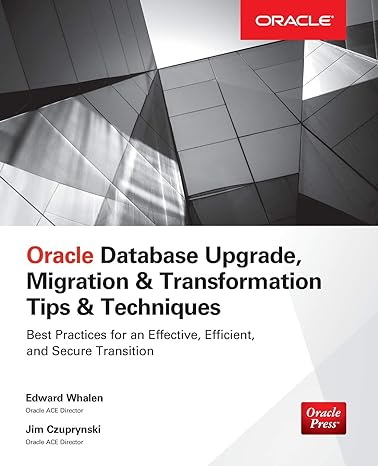Question
This question needs to be answered in C++ Language. PLEASE FOLLOW ALL INSTRUCTIONS. FOLLOW SOURCE CODE. PLEASE USE ALL OF THE FUNCTIONS LISTED AND NO
This question needs to be answered in C++ Language. PLEASE FOLLOW ALL INSTRUCTIONS. FOLLOW SOURCE CODE.
PLEASE USE ALL OF THE FUNCTIONS LISTED AND NO MORE. MAKE SURE TO USE isWhitespace and isPunctuation
 ----------------------------------------------------------------------------SOURCE CODE-------------------------------------------------------------------
----------------------------------------------------------------------------SOURCE CODE-------------------------------------------------------------------
#include
#include
using namespace std;
bool isVowel (char ch);
/**
* Removes the first character of the string, and places it at the
* end of the string.
* @param pString the word to be rotated.
* @return the new reordered string
*/
string rotate (const string& pStr);
string pigLatinString (const string& input);
int main ()
{
string str;
// Get a word from the user
cout
cin >> str;
cout
// Output the text as pig Latin
cout
return 0;
}
bool isVowel (char ch)
{
switch (ch)
{
case 'A':
case 'E':
case 'I':
case 'O':
case 'U':
case 'Y':
case 'a':
case 'e':
case 'i':
case 'o':
case 'u':
case 'y':
return true;
default:
return false;
}
}
string rotate (const string& pStr)
{
string::size_type len = pStr.length();
string rStr;
rStr = pStr.substr(1, len - 1) + pStr[0];
return rStr;
}
string pigLatinString (const string& input)
{
string::size_type len;
string pStr = input;
bool foundVowel;
string::size_type counter;
if (isVowel(pStr[0]))
pStr = pStr + "-way";
else
{
pStr = pStr + '-';
pStr = rotate(pStr);
len = pStr.length();
foundVowel = false;
for (counter = 1; counter
{
if (isVowel(pStr[0]))
{
foundVowel = true;
break;
}
else
pStr = rotate(pStr);
}
if (!foundVowel)
pStr = pStr.substr(1, len) + "-way";
else
pStr = pStr + "ay";
}
return pStr;
}
-----------------------------------------------------------------------IMAGE OF SOURCE CODE------------------------------------------------------

 --------------------------------------------------------------------------------TEXT FILE INCLUDED-------------------------------------------------------
--------------------------------------------------------------------------------TEXT FILE INCLUDED-------------------------------------------------------
Today we live in an era where information is processed, almost, with the speed of light. Through computers, the technological revolution is drastically changing the way we live and communicate with each other. Terms such as Internet, which was unfamiliar even a few years ago, are very common today. With the help of computers you can send letters to and receive letters from loved ones within seconds. You no longer need to send an application by mail to apply for a job; in many cases you can simply submit your job application via the Internet. You can watch how stocks perform in real time, and instantly buy and sell. Kids in elementary school regularly surf the Internet and use computers to design their classroom projects. Students no longer type their papers on typewriters or write them by hand. Instead, they use powerful word processing software to complete term papers. Many people maintain and balance their checkbooks on computers.
These are some of the ways computers have greatly impacted our daily lives. This is all made possible because of the availability of different software, which are computer programs. For example, word processing software are programs that enable you to write term papers, create impressive looking resumes, and even write a book. Even this book was created with the help of a powerful word processor. Without software a computer is of no use. However, software are developed with the help of programming languages. The programming language C++, especially, is very well suited for developing software to accomplish a specific task.
Until the early 1990s, before beginning to teach a programming language course, instructors used to spend the first few weeks just teaching their students how to use computers. Today, by the time students graduate from high school, they know very well how to work with a computer. This book is not concerned with explaining how to use computers. Rather, this book teaches you how to write programs in a language called C++. It is useful, however, to at least understand some of the basic terminology and different components of a computer before you begin programming. This chapter briefly describes the main components of a computer system, the history and evolution of computer languages, and some fundamental ideas about how to solve problems with computer programming.
-----------------------------------------------------------IMAGE OF TEXT FILE FOR REFERENCE----------------------------------------------------

Step by Step Solution
There are 3 Steps involved in it
Step: 1

Get Instant Access to Expert-Tailored Solutions
See step-by-step solutions with expert insights and AI powered tools for academic success
Step: 2

Step: 3

Ace Your Homework with AI
Get the answers you need in no time with our AI-driven, step-by-step assistance
Get Started


